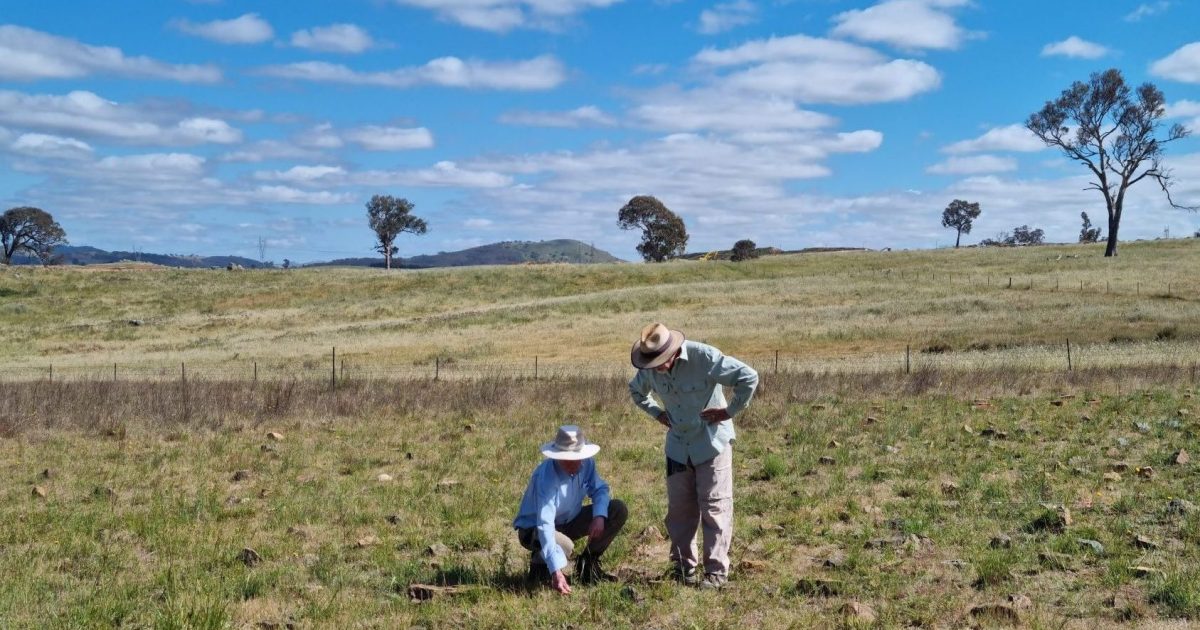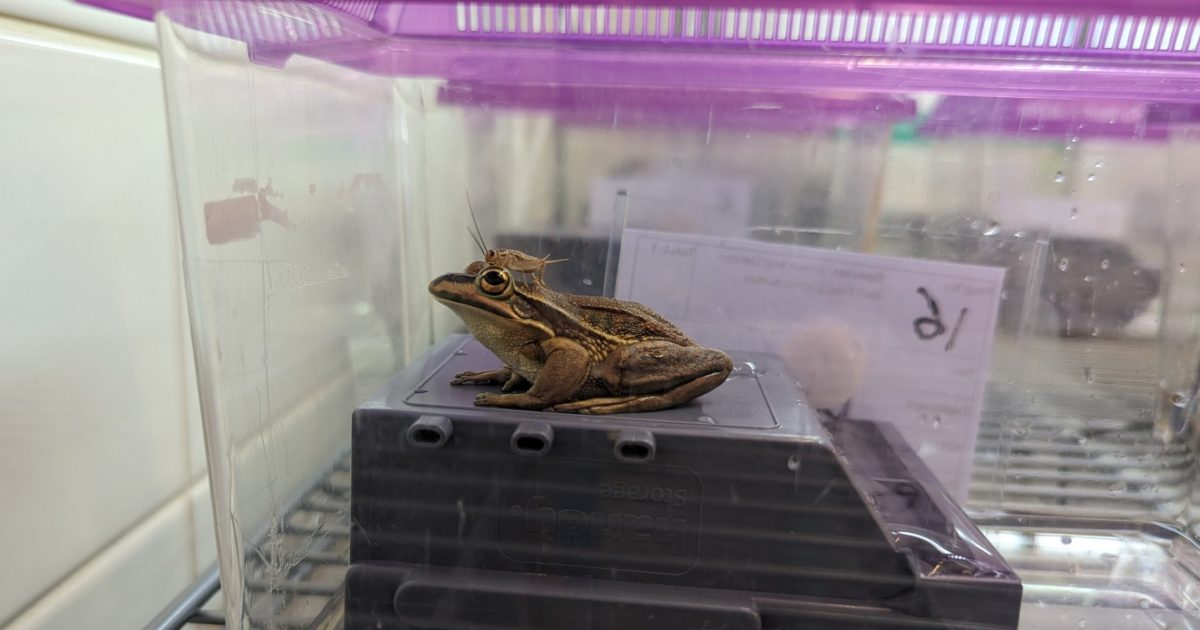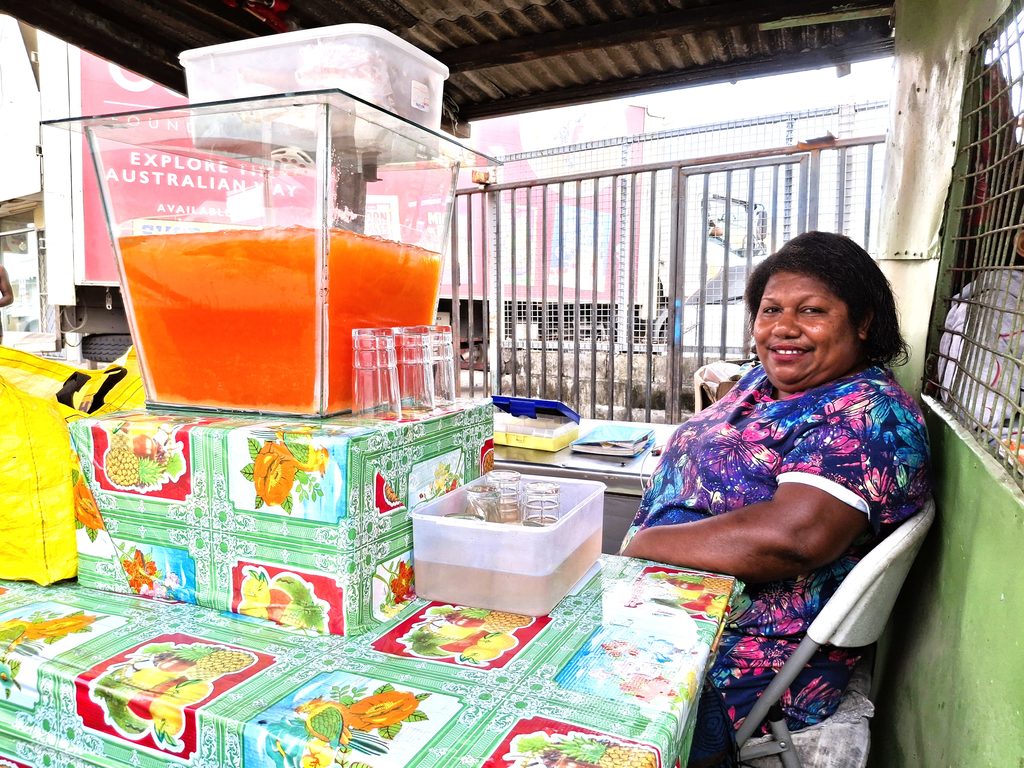As far as major cities go, Canberra does a pretty good job of planning communities to live in harmony with nature. Photo: Ginninderry Conservation Trust.
There’s a reason Canberra is affectionately known as the bush capital.
Vibrant parks, garden strips and nature reserves are woven through every suburb, local government actively promotes sustainable practices, and a vast network of walking and biking trails encourages locals to get outdoors.
This unique blend of natural and urban landscapes is distinct, but it wouldn’t be possible without the valiant efforts of local researchers.
A prime example of how research can improve the way Canberrans live, work, and connect lies in West Belconnen, on the doorstep of the Ginninderry Conservation Corridor.
Ginninderry takes a research-first approach to development, investing in projects that support best practices in sustainable urban design.
Research is spread across five focus areas: conservation and celebration of heritage and culture, ecological restoration and conservation of biodiversity, trees and the animals that use them, urban design and community, and aquatic ecosystems.
Researchers collaborate with some of the most brilliant minds in Canberra to further a holistic development approach.
The work is far from dry, ranging from mapping the complex lives of eastern brown snakes to conditioned taste aversion in foxes, art in public spaces, and reconnecting with Country through archaeology.
A recent highlight comes from Ginninderry’s head of sustainability and community development, Jessica Stewart.
Her analysis compared two streets to show how landscaping design can affect local heat levels.
“These streets are right next to each other, but thermal imaging revealed one gets about 10 degrees hotter than the other in the middle of summer,” Jessica says.
“The main differences between the two are the materials used. The hotter street is quite narrow, with lots of artificial turf, gravel and concrete.
“Overall, the cooler street is lighter in colour, with more irrigation, natural materials and vegetation.”
Simply put, Jessica’s research shows how the materials used in front yards and streetscapes can work with their environment to improve comfort in suburban homes, even reducing heating and cooling costs over time.
Part of Jessica’s role is to coordinate Ginninderry’s research partnerships across the ACT and beyond.
She and her team work closely with local government, Indigenous communities, universities, and grassroots conservation groups like Canberra Birds, Ginninderra Catchment Group, ACT for Bees, Friends of Grasslands, and Landcare ACT.
“Our city is really lucky to have so many talented experts who are truly passionate about their areas of interest,” Jessica says.
“We ran a showcase back in 2024 – a deep dive into our research. It drew so much interest, we decided to create an online research hub where the public could peruse projects happening out here at Ginninderry.”
Most online research directories are text-heavy and filled with technical jargon, which can exclude those outside the industry. Ginninderry’s approach uses a variety of media, including video, graphics, images and text, to welcome readers from all walks of life.

Ginninderry ran an insightful research showcase at The Link in 2024. Photos: Andrew Ly.
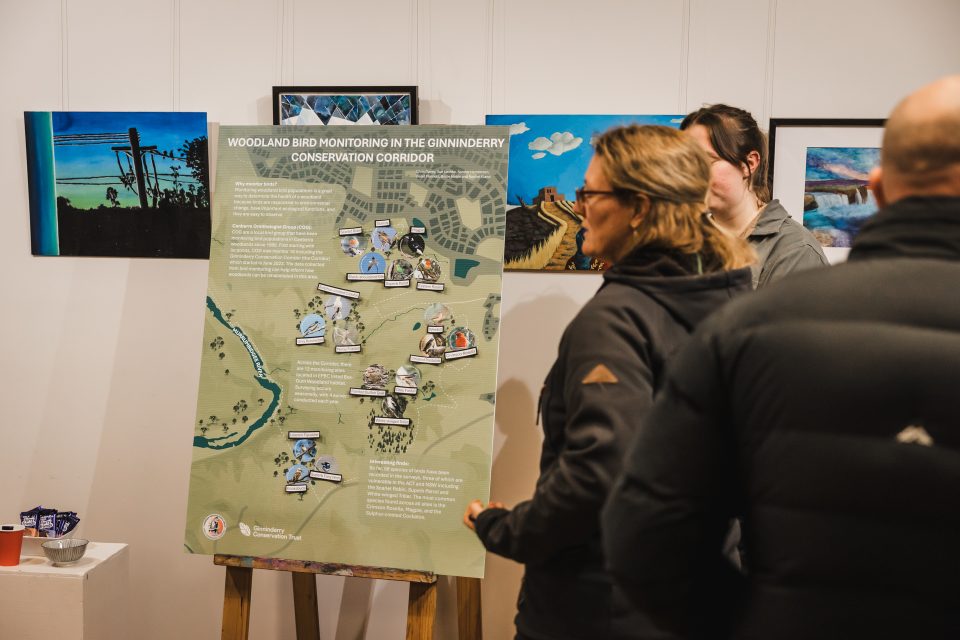
The event was a catalyst for Ginninderry’s new online research hub.
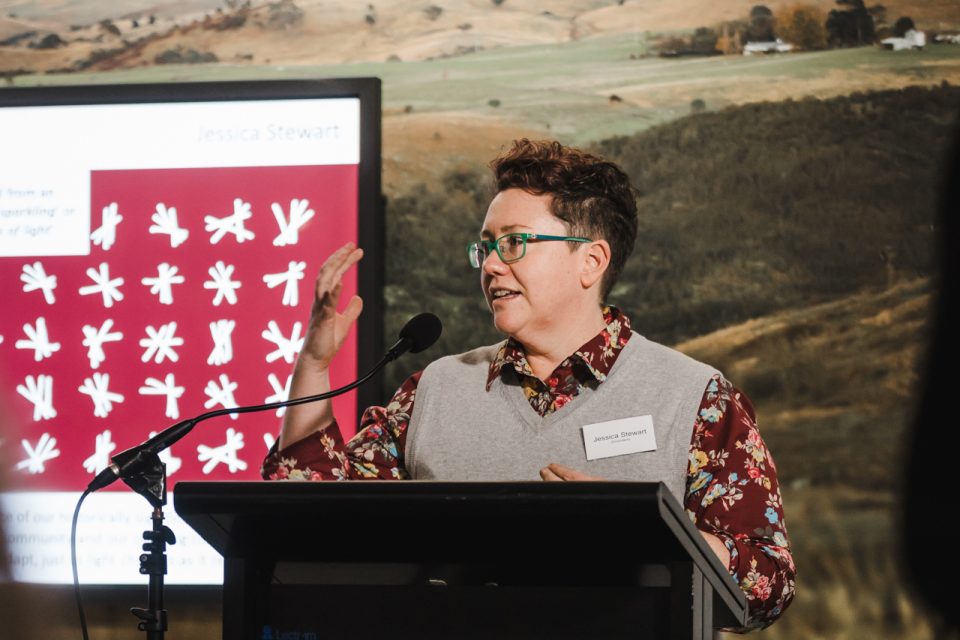
Jessica was pleased to see so many passionate community members attend.

Guests were able to engage with a number of interactive highlights.

ANU research officer Cassandra Holt is one of many local experts working with Ginninderry.
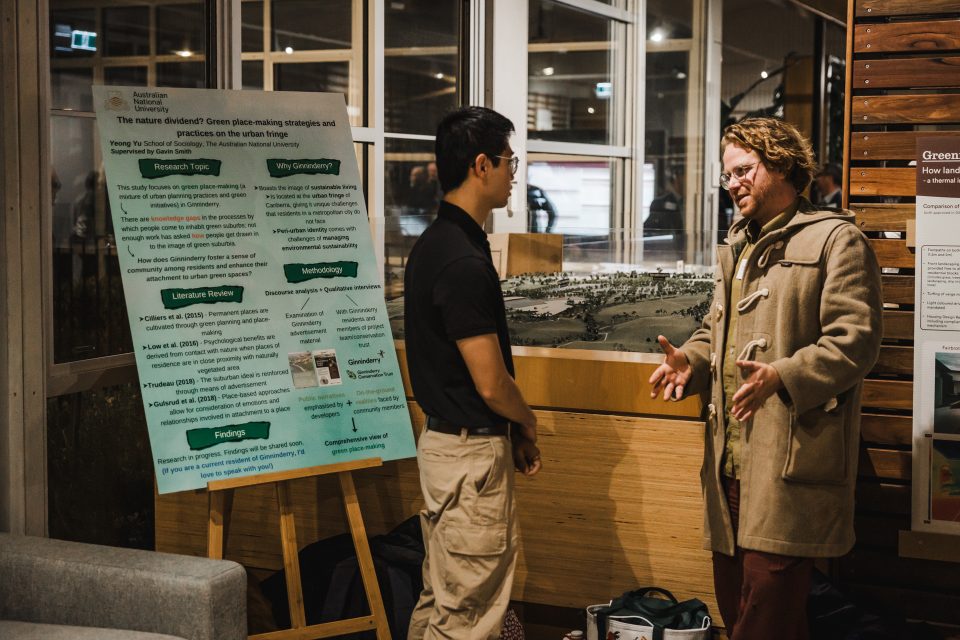
Enabling the public to speak with researchers about their projects was an important element for engagement.
Being a 30-year development, Ginninderry has a unique opportunity to explore best practices and their evolution over time.
This is an obvious benefit to the organisation from a productivity standpoint, but Jessica says long-term research is about far more than money.
“Above all else, our research allows Ginninderry to build ecologically responsible communities,” she says.
“We’re creating places where people can enjoy a high quality of life in harmony with nature. That’s what it’s all about, right?”
For more information or to browse current research projects, visit the Ginninderry Research Hub.


